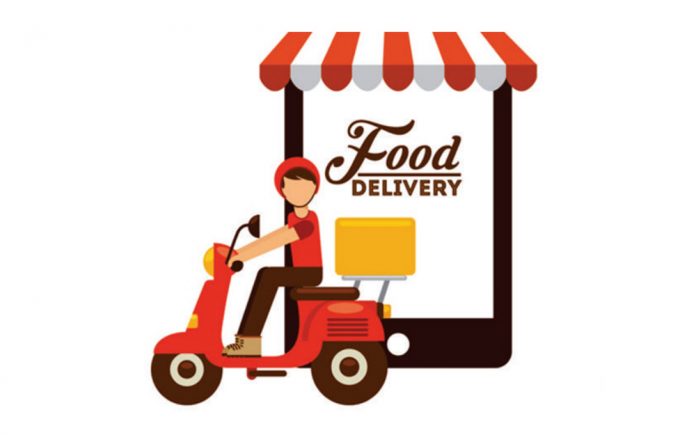
By Haddon Libby
For 2020, standard mileage rate deductions as set by the Internal Revenue Service on your vehicle are down from last year. When driving for business, you can deduct 57.5 cents per mile. If moving or going to a doctor, the deduction is 17 cents per mile. When volunteering your time to a charitable group, deduct 14 cents a mile.
Do those reimbursements pay for your out of pockets driving expenses?
If your car gets 25 miles per gallon in the city and gas is $3.25 per gallon, it costs you 13 cents a mile. This shows something that you already knew – mileage allowances for charitable work, going to the doctor or moving pay for gas and that’s about it.
When driving your car for business, most of us expect 100% reimbursement. That means that your actual costs are completely covered. To understand what it really costs you to drive, you need to consider more than just the cost of gas, The usage of replaceable things like tires, brakes and oil as well as the portion of the vehicles’ life are all a cost to you. For example, if you bought a car for $30,000 and it has 100,000 miles of life before its value is essentially zero, every mile that you drive costs you 30 cents.
 Using this example, adding together the usage of your car and cost of gas means your out-of-pocket is 43 cents per mile before oil changes, repairs and other maintenance. Using the 57.5 cent reimbursement rate that the IRS allows, that means that you have $1,450 over the 100,000-mile life of the car for all costs related to the car that do not involve gas. For even a $30,000 car, this seems inadequate. For more expensive vehicles, the math most certainly does not work. Audi drivers for example are accustomed to paying $200 or more for an oil change locally. Over 100,000 miles, that equates to 50% more than the $1,450 IRS allowance alone.
Using this example, adding together the usage of your car and cost of gas means your out-of-pocket is 43 cents per mile before oil changes, repairs and other maintenance. Using the 57.5 cent reimbursement rate that the IRS allows, that means that you have $1,450 over the 100,000-mile life of the car for all costs related to the car that do not involve gas. For even a $30,000 car, this seems inadequate. For more expensive vehicles, the math most certainly does not work. Audi drivers for example are accustomed to paying $200 or more for an oil change locally. Over 100,000 miles, that equates to 50% more than the $1,450 IRS allowance alone.
If we think about all of this in the context of your daily life, at what point is it less expensive to have something delivered versus going to the store yourself? With Amazon’s entry into the same day/next day delivery business, big box competitors like Wal-Mart, Target, Smart & Final and many grocers have jumped into the fray and impressive same day delivery services. Restaurants have also made it easier to get take-out food via services like DoorDash, UberEats and other food delivery services.
When should you consider having them deliver a product to you versus going to the store? With most delivery services costing $7 or less, the time savings alone is worth having a product delivered to your doorstep. During cold and flu season, delivery is a great way to avoid exposure to people who might be sick.
What if you are retired and/or consider your time to be a free resource? Even a 10-mile round-trip drive will cost you $5.75 if you use IRS guidelines. If your car cost more than $25,000, there is a pretty good chance that your cost to make that trip was $7 or more.
Under most circumstances, these new delivery services save you time and do not cost any more than the actual cost of doing it yourself.
An extra benefit to these delivery services are that you are helping to create jobs for those who bring the products to you. In many cases, these are Uber and Lyft drivers looking to make a little extra money.
Haddon Libby is the Founder and Managing Partner of Winslow Drake Investment Management, a Fiduciary Investment Management firm. For more information on our services, please visit www.WinslowDrake.com or email HLibby@WinslowDrake.com.











































